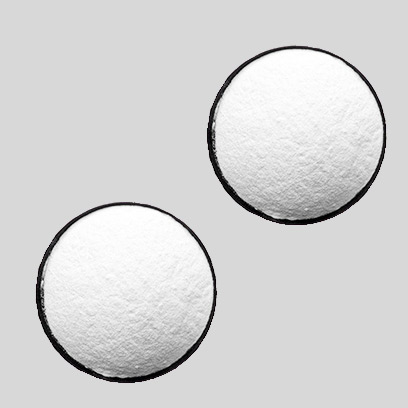
7 月 . 26, 2024 00:17 Back to list
Exploring the Applications of Titanium Dioxide in Medical Treatments and Pharmaceutical Innovations
The Role of Titanium Dioxide in Medicine
Titanium dioxide (TiO₂) is a naturally occurring oxide of titanium that has gained widespread recognition for its extensive applications across various fields, including medicine. Known for its biocompatibility, stability, and non-toxic nature, titanium dioxide plays a crucial role in pharmaceuticals, medical devices, and even in the realm of diagnostics and imaging.
One of the primary uses of titanium dioxide in medicine is as a pigment in pharmaceutical formulations. It is commonly employed as an inactive ingredient in tablets and capsules, where it serves to provide color and opacity. This not only enhances the visual appeal of medications but also protects sensitive compounds from light exposure, thereby prolonging their shelf life and efficacy. The U.S. Food and Drug Administration (FDA) has classified titanium dioxide as a safe food additive, further underlining its suitability for medical applications.
The Role of Titanium Dioxide in Medicine
Moreover, titanium dioxide is being investigated for its potential in advanced drug delivery systems. Researchers are exploring the use of TiO₂ nanoparticles to enhance the bioavailability and efficacy of certain drugs. Due to their small size and large surface area, these nanoparticles can facilitate the efficient transport of therapeutic compounds to target cells, potentially improving treatment outcomes in various diseases, including cancer. The ability to modify the surface properties of titanium dioxide nanoparticles further allows for tailored drug delivery systems that can respond to specific stimuli within the body, paving the way for more effective cancer therapies.
titanium dioxide used in medicine

In the field of diagnostics, titanium dioxide is showing promise in imaging techniques. Its biocompatibility and photostability make it an attractive candidate for use in biomedical imaging, including fluorescence imaging and as a contrast agent in MRI scans. Titanium dioxide nanoparticles can be engineered to bind selectively to certain biomolecules, allowing for more precise imaging of tissues and cells, which is crucial in the early detection of diseases.
Furthermore, titanium dioxide's antibacterial properties have spurred interest in its application in medical devices and wound healing products. When exposed to UV light, TiO₂ exhibits photocatalytic activity that can generate reactive oxygen species, which are effective at killing bacteria and preventing infections. This characteristic makes titanium dioxide a valuable component in coatings for surgical instruments and implants, contributing to better outcomes in surgical procedures and reducing the risk of postoperative complications.
Despite these promising applications, it is essential to conduct further research to fully understand the long-term effects and safety profile of titanium dioxide in medical applications. Regulatory bodies continue to evaluate its use, especially with the increasing prevalence of nanotechnology in medicine.
In conclusion, titanium dioxide is a multifaceted compound that significantly contributes to various medical applications, from pharmaceuticals to diagnostics and medical devices. Its biocompatibility, safety, and functionality make it an invaluable resource in the quest for improved healthcare solutions, underscoring the importance of ongoing research and innovation in this field. As our understanding of titanium dioxide continues to evolve, so too will its potential applications in medicine, offering hope for new therapeutic strategies and improved patient outcomes.
-
Lithopone for Plastic & TiO2 R-5568/SK-6658 Masterbatch Solutions
NewsMay.30,2025
-
China Leading Rutile TiO2 Manufacturer - R5566 & R996 Grades Available
NewsMay.30,2025
-
High-Purity Anatase & Rutile TiO2 Powder Trusted Manufacturer
NewsMay.30,2025
-
High-Purity Anatase Products Trusted Supplier & Manufacturer
NewsMay.29,2025
-
Best Price Eco-Friendly Rutile TiO2 Supplier & Wholesale Factory
NewsMay.29,2025
-
Chinese Anatase Titanium Dioxide for Ceramic Glaze Reliable Supplier
NewsMay.29,2025
